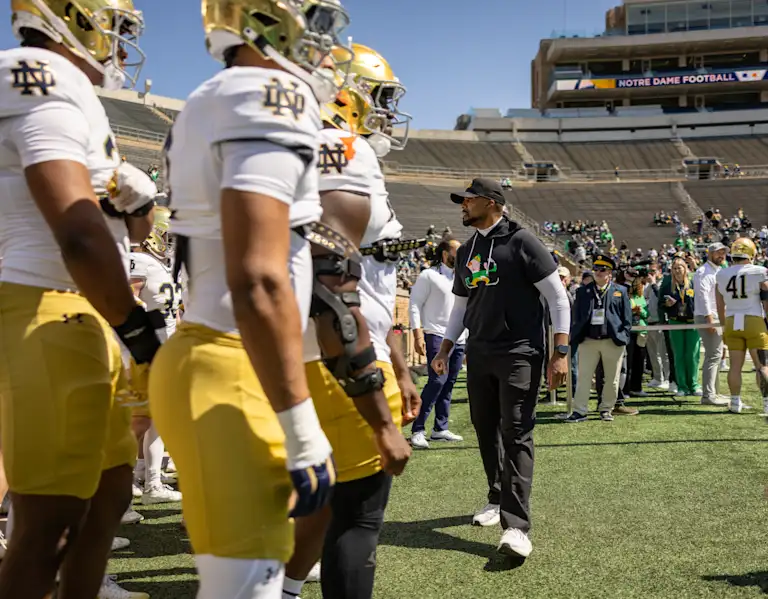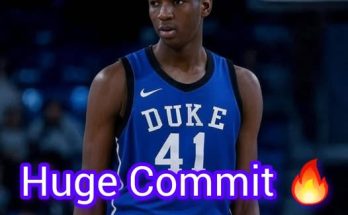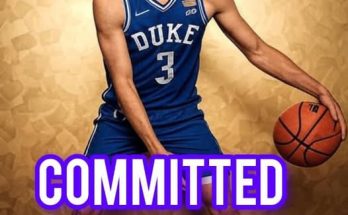May 12 marked a significant checkpoint in Notre Dame football’s recruiting calendar, as the Fighting Irish coaching staff hit the road for direct contact with some of the nation’s top high school prospects. This annual spring contact period, tightly regulated by the NCAA, provides coaching staffs with a narrow window to physically visit prospects in their home environments—schools, practice fields, and even homes—creating valuable face-to-face interactions that phone calls, texts, or Zoom meetings can’t replicate. For Notre Dame, a program rich in tradition but fiercely modern in its recruiting tactics, these visits aren’t merely routine—they’re relationship accelerators.
Head coach Marcus Freeman has emphasized that relationship-building is the foundation of Notre Dame’s recruiting strategy, and the program is now demonstrating that commitment on the ground. The Irish staff fanned out across the country, sending position coaches, coordinators, and key recruiters into territories from the Deep South to the West Coast and everywhere in between. The goal? Establish trust, show presence, and ultimately continue to lay the groundwork for commitments that will shape the 2026 and 2027 classes.
While NCAA rules limit in-person contact during certain periods, the May contact window is an exception—allowing coaches to speak directly with high school coaches, observe workouts, and deliver in-person evaluations. They cannot have face-to-face conversations with underclassmen prospects, but they can be seen and felt. And make no mistake, these appearances matter. Visibility and consistency go a long way in recruiting, especially when programs like Alabama, Georgia, and Ohio State are also actively planting flags across the country.
Notre Dame’s presence during this window was calculated and widespread. Defensive line coach Al Washington made waves by stopping in Georgia, checking in on multiple blue-chip edge rushers, including several who already hold offers from the Irish. Washington, known for his energy and relatability, has been working to build strong ties in SEC territory, and this spring swing further solidified Notre Dame’s commitment to contending nationally for elite defensive talent. One coach from a powerhouse Atlanta-area program commented, “When you see a guy like Al Washington show up during contact period, it tells you he’s not just sending letters. He’s invested.”
Meanwhile, offensive coordinator Mike Denbrock, who rejoined the program this past offseason, visited top quarterback targets, reaffirming the Irish’s quarterback-first approach to recruiting. Denbrock’s return has been seen as a stabilizing force within the offensive identity Freeman is building. His presence at the schools of elite passers in Texas and California was a strategic message: Notre Dame is not waiting for the dominoes to fall. They’re aiming to set them up. At one stop in California, Denbrock met with coaches and analysts who work closely with a five-star QB Notre Dame is pushing hard for. Though he couldn’t speak directly to the prospect due to class-year restrictions, his visit was noted. “Notre Dame showed up early,” said one source close to the situation. “That means something.”
Special teams coordinator Marty Biagi and running backs coach Deland McCullough joined the trail as well, making the rounds in Ohio, Indiana, and parts of the Midwest, where Notre Dame continues to have a strong foothold. McCullough, who has developed an impressive reputation for developing college backs into NFL-ready talents, made sure to prioritize schools with a recent surge in underclassman talent. The Irish are looking not only at 2026 seniors but also planting seeds with 2027 standouts. These aren’t just recruiting visits—they’re long-term investments.
Wide receivers coach Chansi Stuckey ventured into Florida and the Carolinas, seeking to elevate Notre Dame’s receiver room by establishing bonds with some of the fastest-rising perimeter talents in the Southeast. His presence at a powerhouse program in South Florida didn’t go unnoticed. A local high school coach noted that Stuckey “came through with a clear plan and didn’t waste time.” That clarity resonates. Notre Dame has struggled at times to close on elite receiver targets, but this year’s trail activity signals a renewed urgency and confidence from the staff.
Linebackers coach Max Bullough hit key territories in the Midwest and Northeast, offering insights to prep coaches and evaluating workout sessions. Bullough, in just his second season on staff, has made a strong impression among high school coaches, who appreciate his straight-talking demeanor and technical insights. On May 12, he spent time at a Cincinnati-area program that has produced multiple Power Five linebackers over the past decade. The Irish are believed to be in the early lead for a 2026 linebacker prospect there, and Bullough’s visit further cemented their status.
Tight ends coach Mike Brown, newly hired from Wisconsin, used the contact period to introduce himself to recruits and coaches in regions familiar with Midwest-style football. Tight end remains a position of pride for Notre Dame, a legacy position that has continued to produce Sunday-ready players. Brown is tasked with keeping that pipeline alive and thriving. His stops in Illinois and Pennsylvania helped reinforce the narrative that Notre Dame’s culture at tight end is as consistent and elite as any in the country.
Perhaps most importantly, head coach Marcus Freeman wasn’t content to stay behind in South Bend. Freeman made several strategic appearances in states like Illinois, Texas, and even Louisiana. Though limited by NCAA rules in how often a head coach can be on the road, Freeman used his available days wisely. His personal presence carries weight—both with recruits and with high school programs—and serves as a clear signal of Notre Dame’s priorities. One source in Louisiana described Freeman’s visit as “all class, all business,” and emphasized that his presence gave their program a boost in morale.
Notre Dame’s 2025 recruiting class is already highly ranked, but this May push shows the staff isn’t content with early momentum. The contact period is about stacking days, building familiarity, and creating a sustainable recruiting advantage. It’s not glamorous. There are no commitment announcements or five-star graphics released during these visits. But it’s the grind—trail work, as some call it—that ultimately sets the stage for later fireworks.
Coaches are spending long hours on the road. Some logged over 1,000 miles in a single week, hitting two or three schools per day. There’s a physical toll, but the payoff is in the relationships. Every in-person visit adds a human dimension to the recruiting process. A coach’s ability to shake hands with a high school coach, observe a player’s movement during workouts, or simply walk the halls where a prospect attends school can offer irreplaceable context. It also allows coaches to identify red flags or hidden gems that might not be obvious on tape.
This year, Notre Dame’s recruiting strategy appears to be aligning more tightly with national powerhouses in terms of both scope and aggressiveness. The Irish are not limiting themselves to traditional pipelines or comfort zones. They are actively expanding their footprint in talent-rich areas—and doing it with a coaching staff that has shown cohesion and clarity of vision.
The May 12 contact window reflected a program that knows exactly where it stands and where it wants to go. While the transfer portal has reshaped college football, high school recruiting remains the lifeblood of programs like Notre Dame. That’s why these spring visits are so crucial. For a school that still leans on academic excellence and cultural fit in its evaluations, meeting players where they are—literally—is a vital piece of the puzzle.
As the calendar moves forward, the return on these visits will be measured not only in commitments but also in how many of these players ultimately stay committed, enroll, and contribute. For Notre Dame, the groundwork is being laid now, in gymnasiums and fieldhouses, on tracks and practice fields, where the future of the program is quietly taking shape. What began on May 12 isn’t finished—it’s just beginning.
In the weeks to come, expect to see the Irish ramp up their follow-ups, host unofficial visits, and begin to turn that in-person groundwork into digital momentum. Social media buzz, crystal ball predictions, and new offers may take center stage, but none of it would be possible without the unglamorous, highly strategic contact work that began when Notre Dame’s staff hit the road.
They traveled with purpose. They traveled with intent. And above all, they traveled with the belief that every conversation, every observation, and every connection made along the trail could eventually lead to something program-changing.
Trail tracks, indeed.



